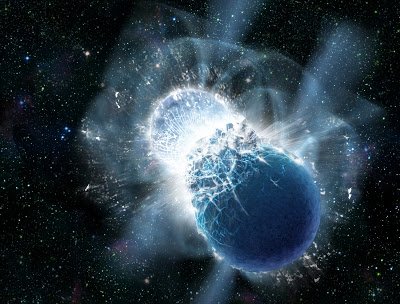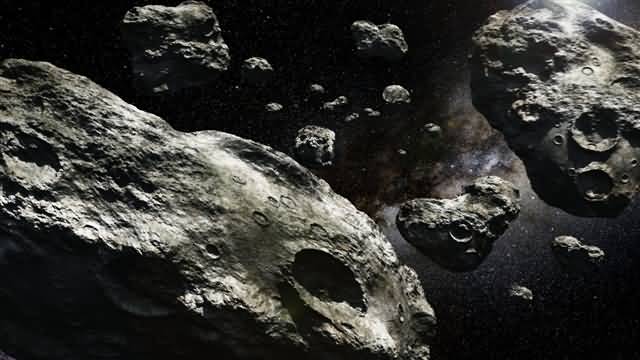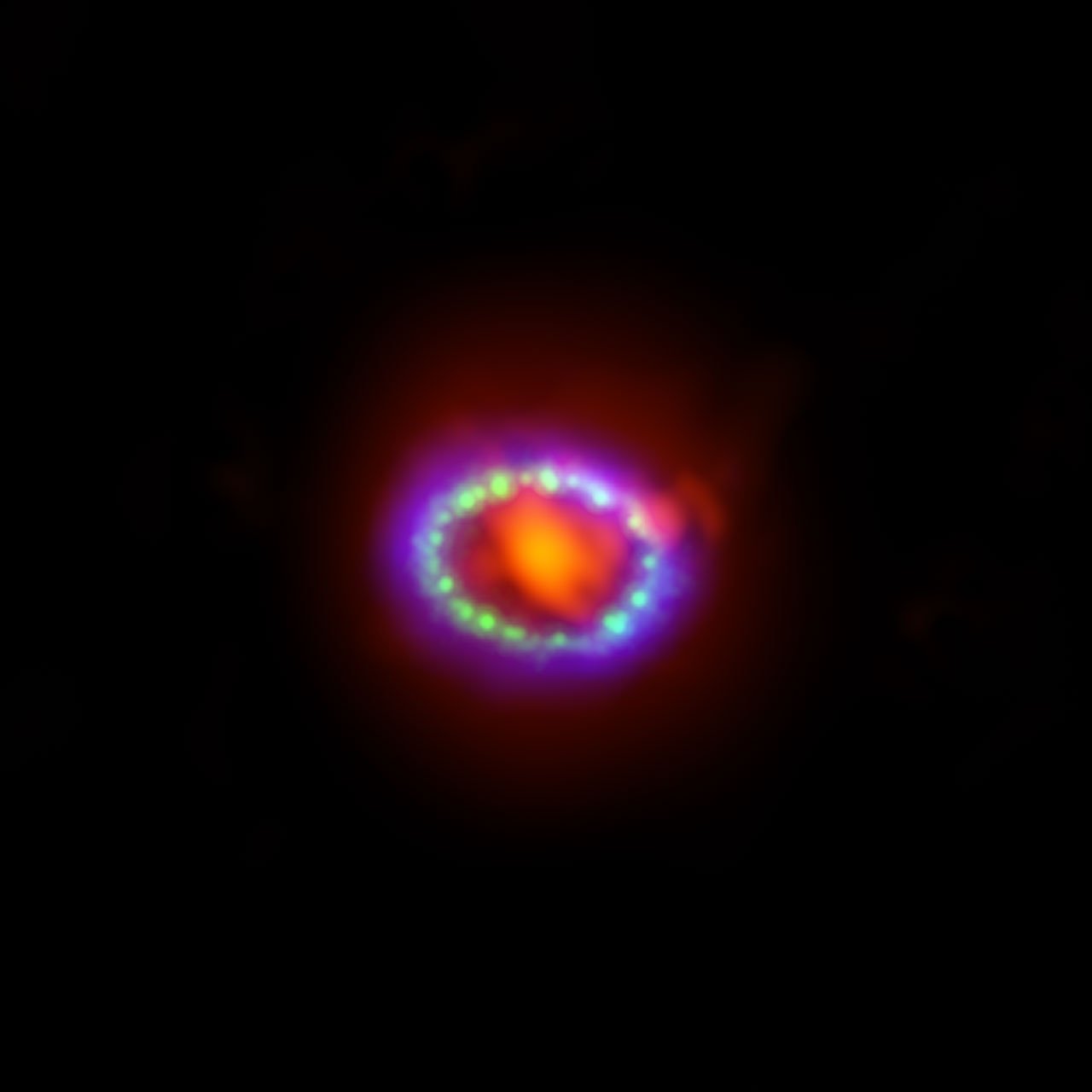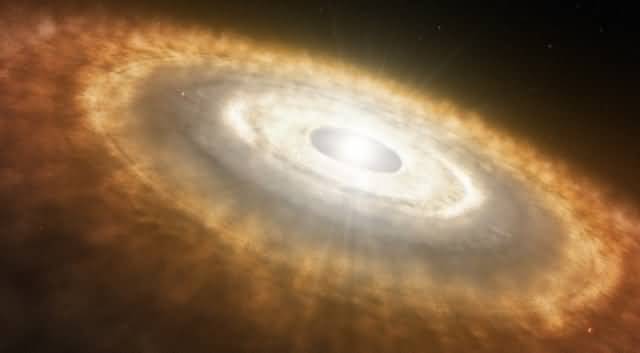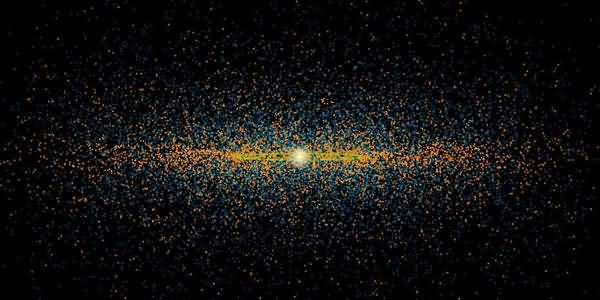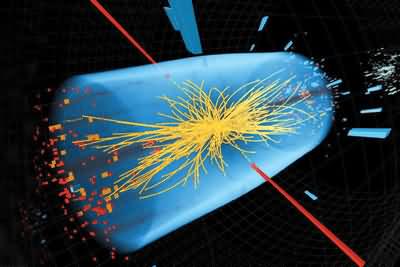Planck Star Rises from the Ashes of the Black Hole!!
Ever since Hawking proposed this new black hole theory, we've been waking up and going to bed with news of black holes (at least for me). Shortly after I attempted to understand Hawking's paper, news of interpretations started pouring in everywhere (I guess they said Erhan should comment on it and then we could benefit from it, hehe—yes, I'm giving myself a little ego boost). While most of these were similar, one caught my attention, and I realized it was interesting enough to write about it. Let me tell you right now, this hypothesis isn't exactly a theory, in my opinion, but it's still intriguing. Just look at the headline: "Planck's Star Rising from the Ashes of the Black Hole!"
Carlo Rovelli and Francesca Vidotto, two theoretical physicists, recently published a paper on arxiv. Their paper discusses a star that is very different from the conventional stars we know, and one that seems theoretically possible thanks to Hawking radiation. The paper hasn't been reviewed yet, but it's quite interesting.
I won't spend time telling you about the lives of stars, supernova explosions, and black hole formation because I'm incredibly busy and will be distracted by reading books or playing computer games. I don't know if I'll be able to watch a movie, either. (I tried to watch a movie yesterday, but it got lost in the mix, and I thought I'd watch it. You might like the link, too. Link).

Researchers claim that a planetary star may be born after a black hole disappears by shrinking and losing mass.
Hawking Radiation
What is Hawking radiation? A particle and antiparticle pair is created out of nothing at the edge of the event horizon due to quantum fluctuations. The antiparticle of this pair is captured by the event horizon, while the particle is ejected into space. The particle's ejection into space and the information leakage (due to quantum tunneling) lead to the firewall paradox, etc., and Hawking's new black hole theory, but that's not the point. We observe this particle escaping into space as radiation, and this is called Hawking radiation. Of course, the antiparticle doesn't sit idle while this happens. Because it's captured by a black hole, it interacts with another particle in the black hole, and both are destroyed. Therefore, according to Hawking radiation, the black hole will continuously lose mass over time, shrinking and eventually disappearing.
Now, according to Hawking's new theory, since there is no event horizon, but an apparent horizon, the masses in the black hole will no longer be subject to the infinite compression, or shrinkage, we call a singularity. This is where their paper comes in. As the star, at the end of its lifespan, collapses under gravity, it will shrink to a trillionth of a meter, what we call the Planck length, but it will remain there. The pressure of quantum gravity will neutralize its mass. While this may be very short for the star, it will last a very long time for an outside observer. Because the black hole's immense gravity bends time along with space, time almost stops in the black hole. Therefore, it will slow down for us. And when the black hole disappears, the star will emerge and will have a Planck length. It can even be detected by its wavelength of 10-14 cm. If they exist, they can be detected with gamma-ray telescopes.
Isn't that interesting? It erases the classic concept of a star.

